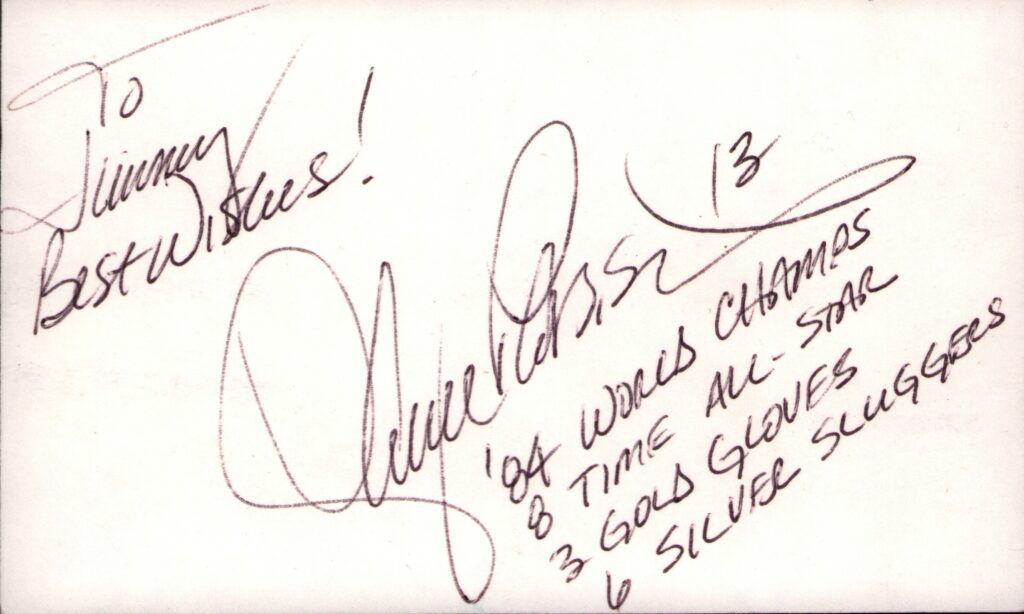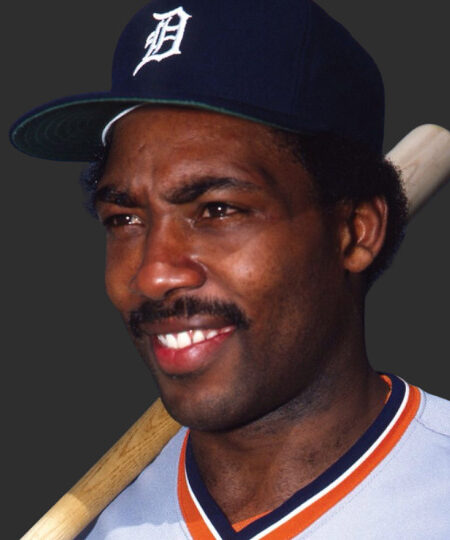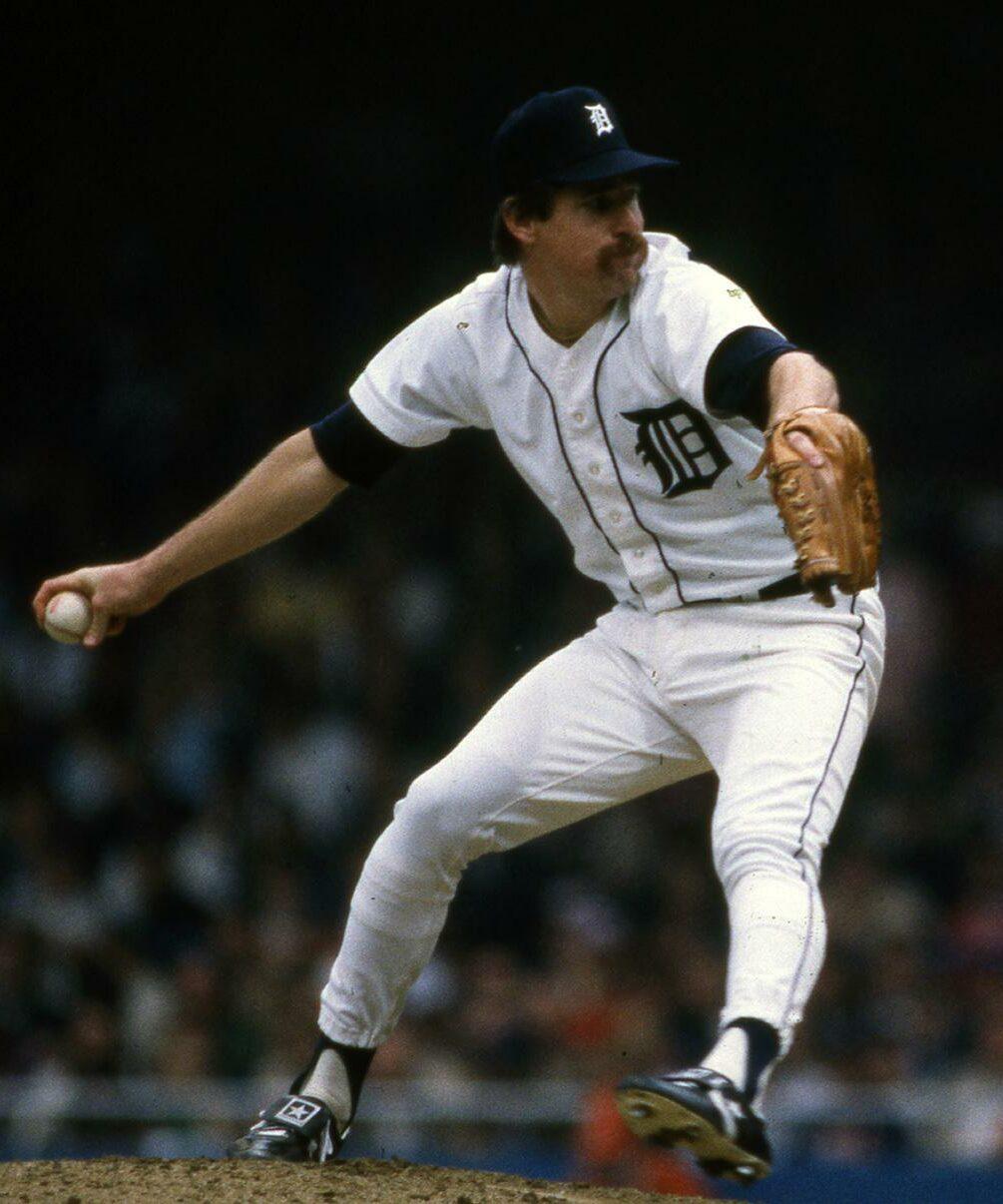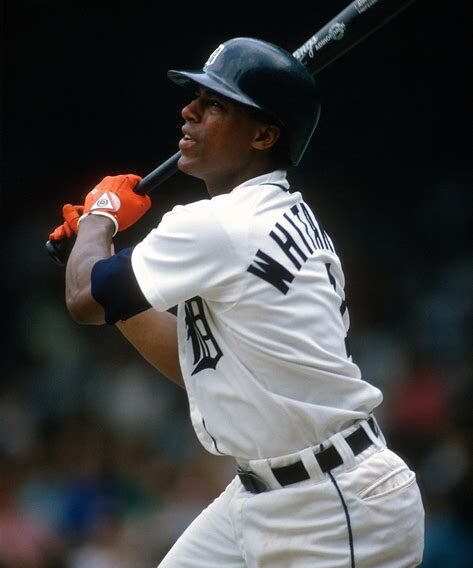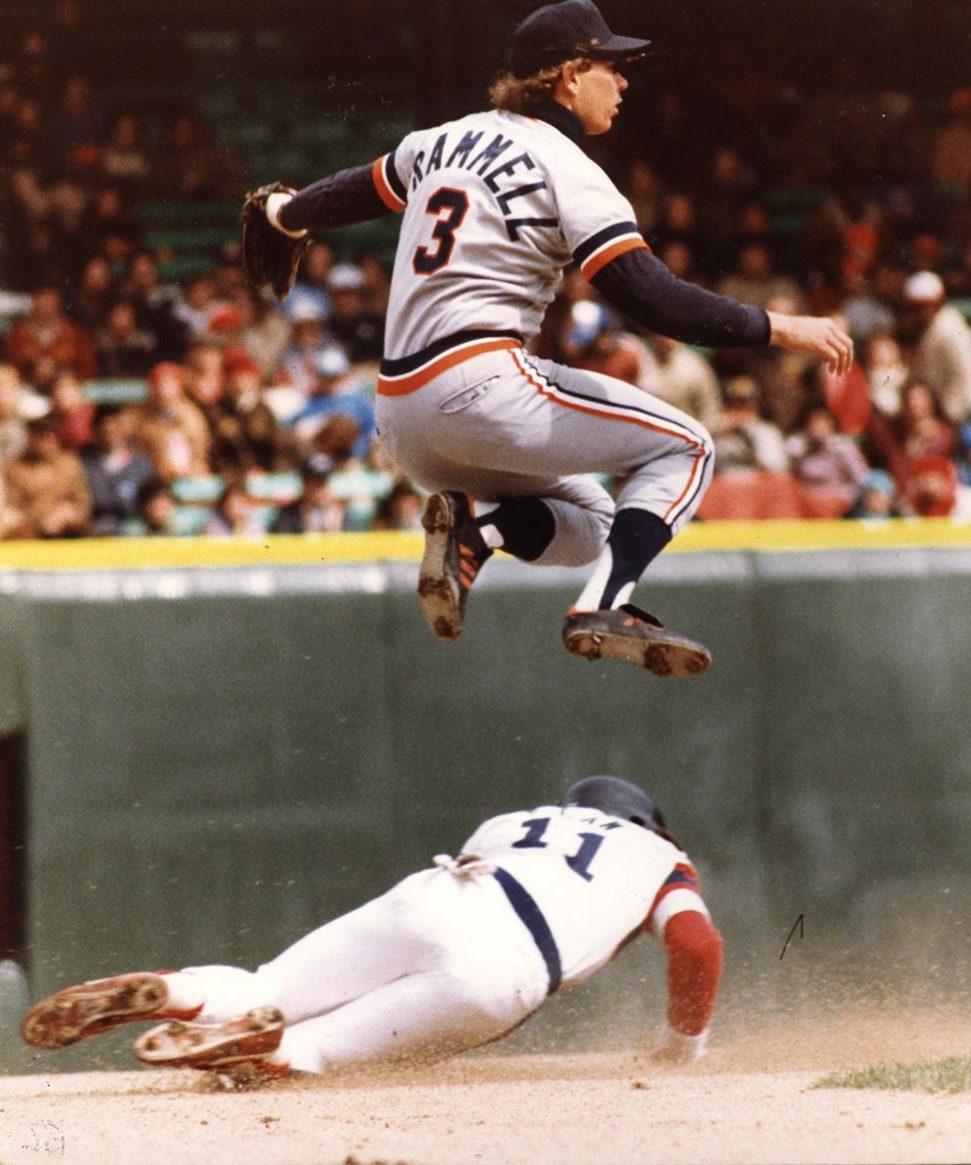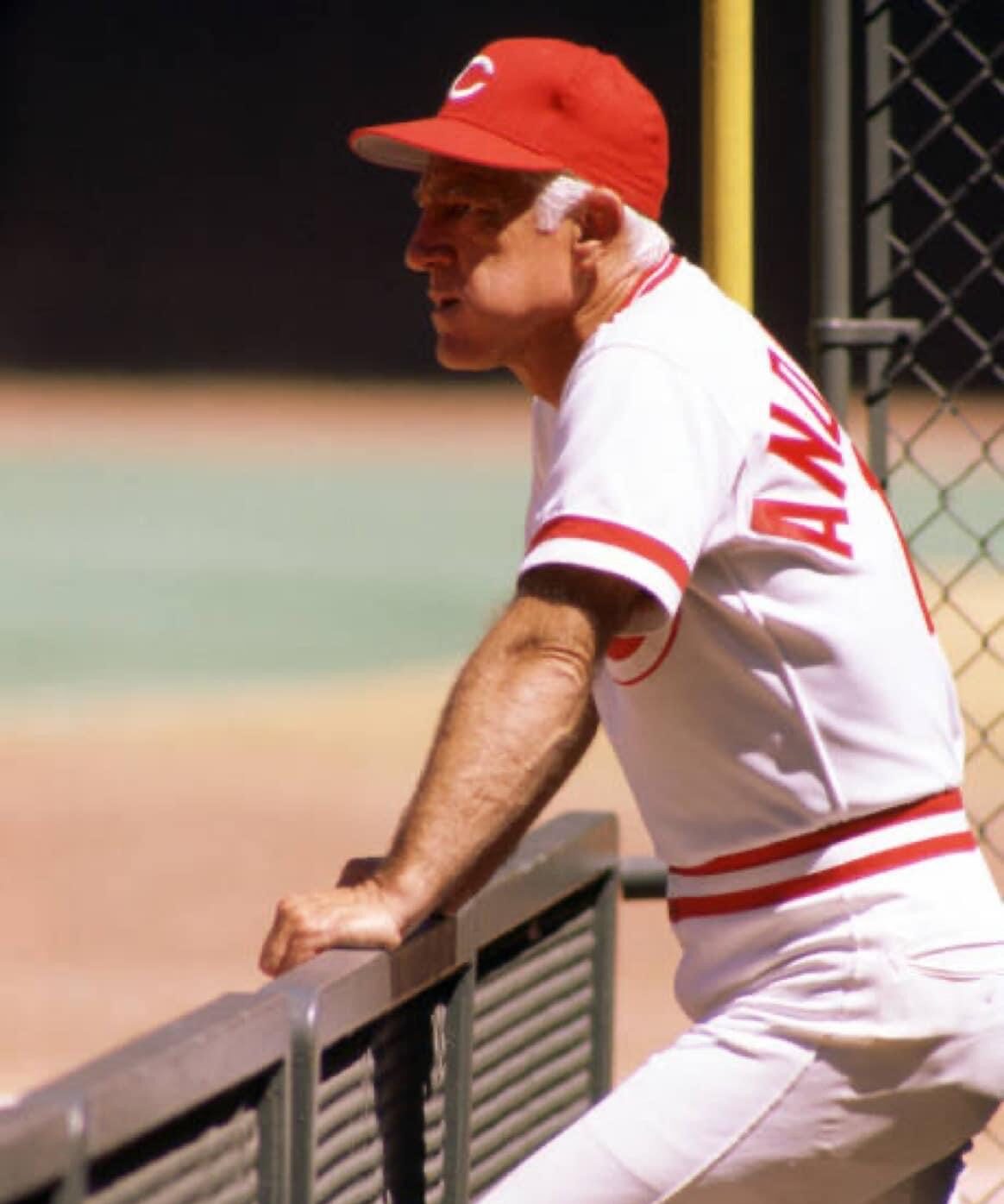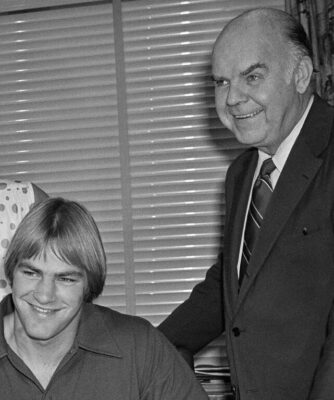Lance Parrish
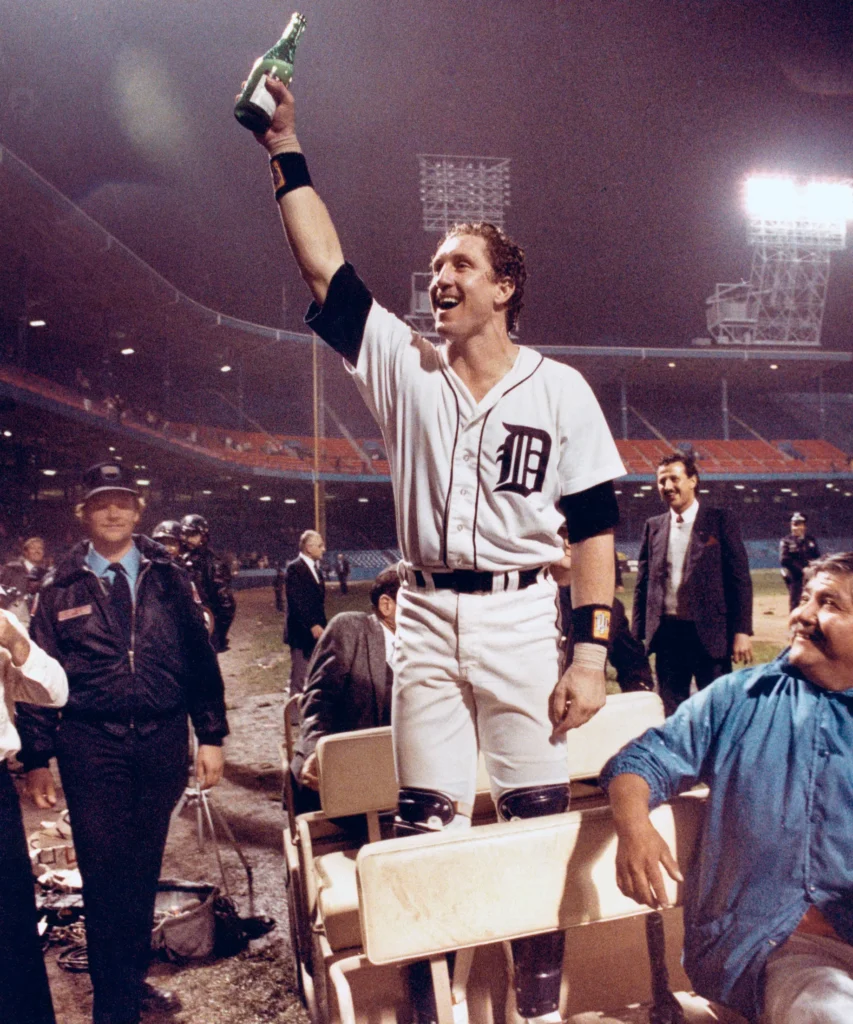
| Birthdate | 6/15/1956 |
| Death Date | |
| Debut Year | 1977 |
| Year of Induction | |
| Teams | Angels, Blue Legs, Indians, Mariners, Phillies, Pirates, Tigers |
| Position | Catcher |
Eight-time All Star and 1984 World Series champ Lance Parrish has 6 Silver Sluggers & 3 Gold Gloves; he retired with the 4th-most homers by a catcher.
Leave a commentIn the collection:
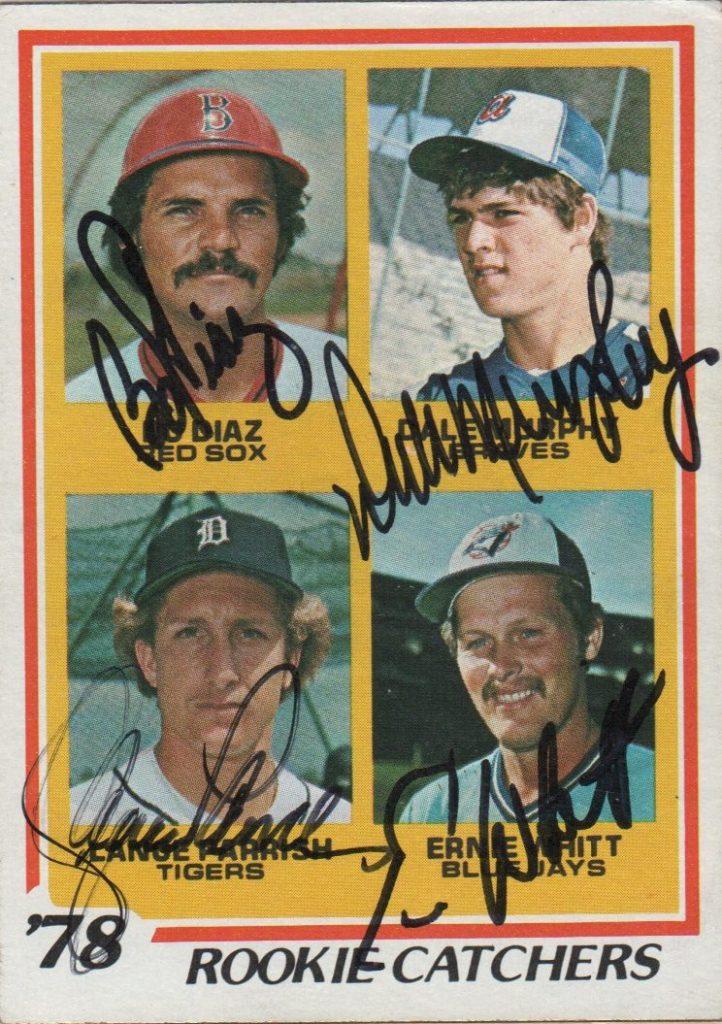
The Tigers drafted 17-year-old Lance Parrish with the 16th overall pick in 1974
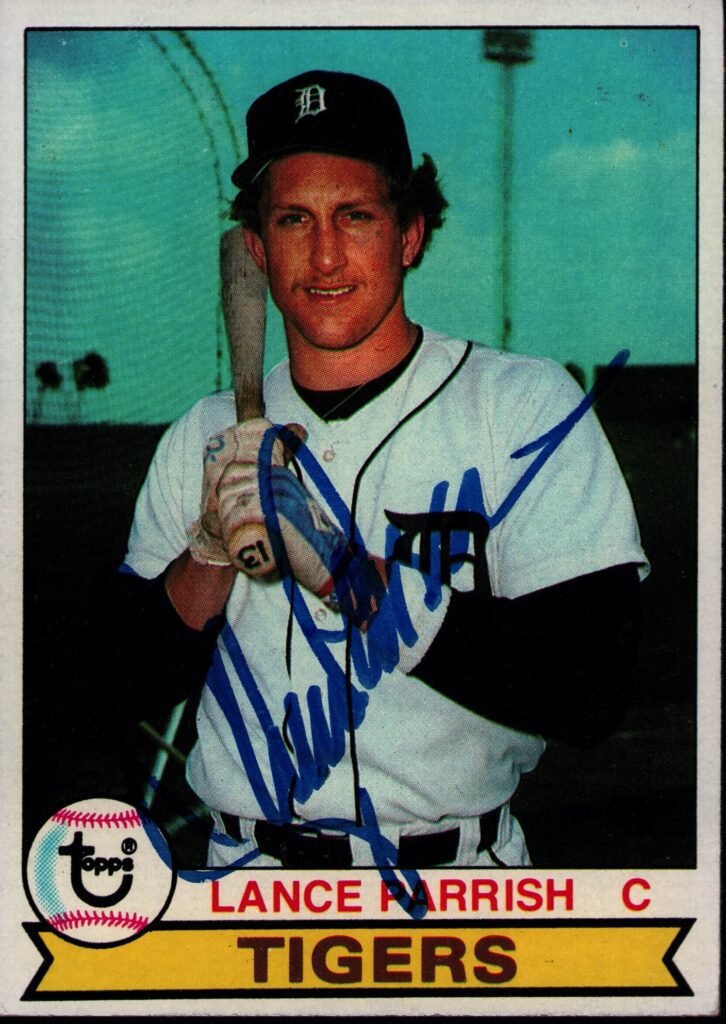
After a decade in Detroit Parrish played for six teams in his final nine years
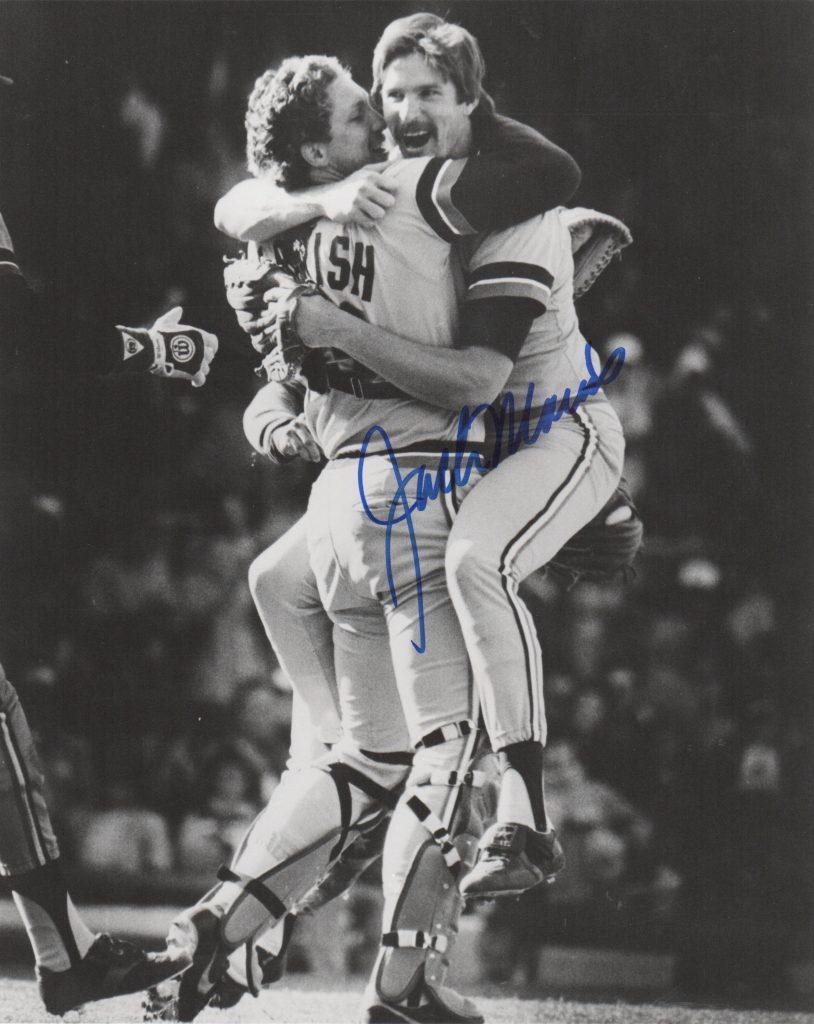
Jack Morris' no-hitter in 1984 came on the first Saturday of the season; Parrish caught it

Parrish maintains that, "Nothing in my career compares to 1984" when his Tigers won it all
In 1986 each Tiger infielder - Evans, Whitaker, Trammell Coles, and Parrish - hit 20+ homers
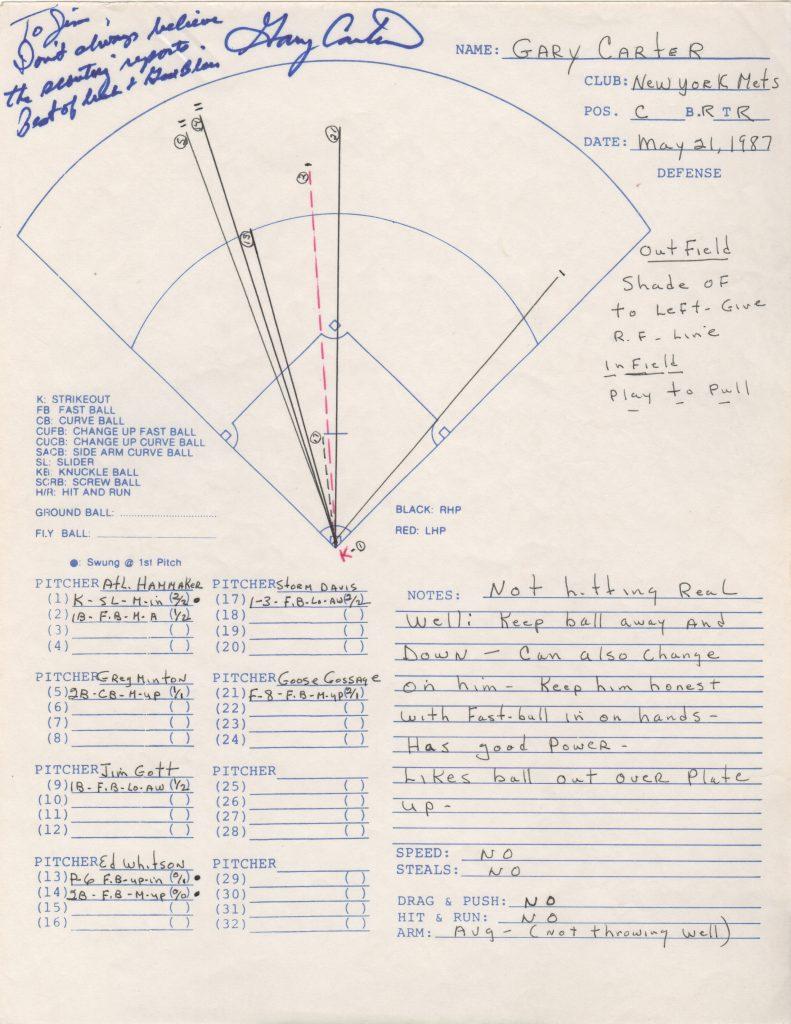
Gary Carter and Lance Parrish have very similar number per 162 games played
